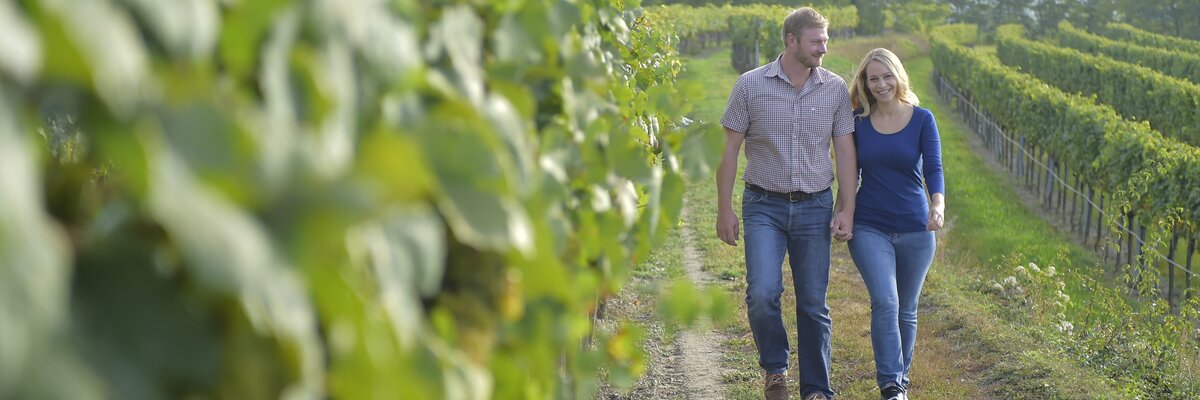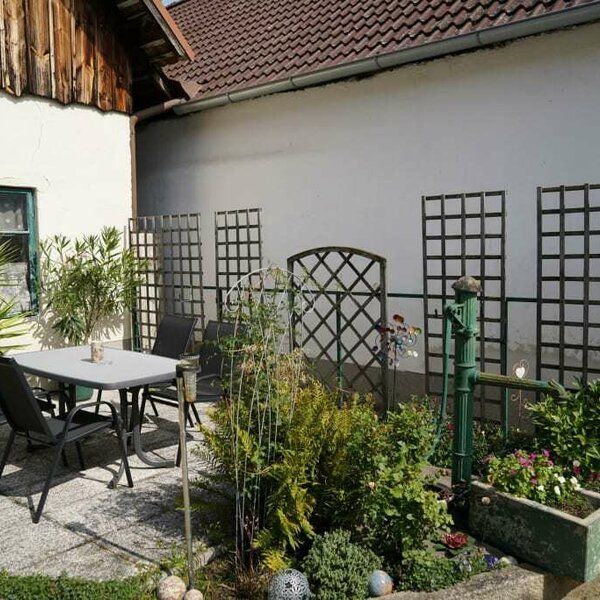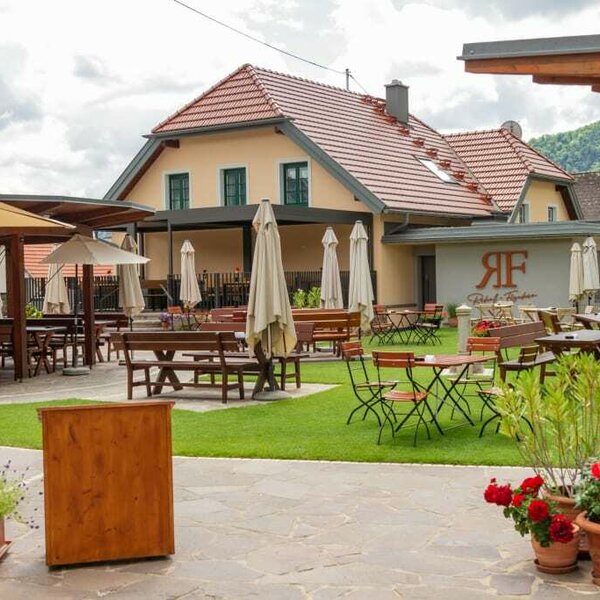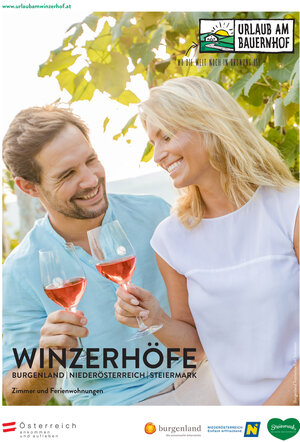Lower Austria - A Large Land of Wine on the Banks of the Danube
With 28,000 hectares under vine, Lower Austria is Austria’s largest wine-growing region. Wine has been produced in Lower Austria for thousands of years. Grapevines have played a vital role in the development of landscape, culture and everyday life. The eight wine regions in Lower Austria display a great diversity of winemaking styles, rare specialities and international grape varieties. White wines bursting with character and a true sense of place are typical of Lower Austria - in particular world-class Grüner Veltliner and Riesling. The steep, terraced vineyards in the Wachau region and the narrow “Kellergassen” (cellar lanes) in the Weinviertel region are absolutely worth a visit.
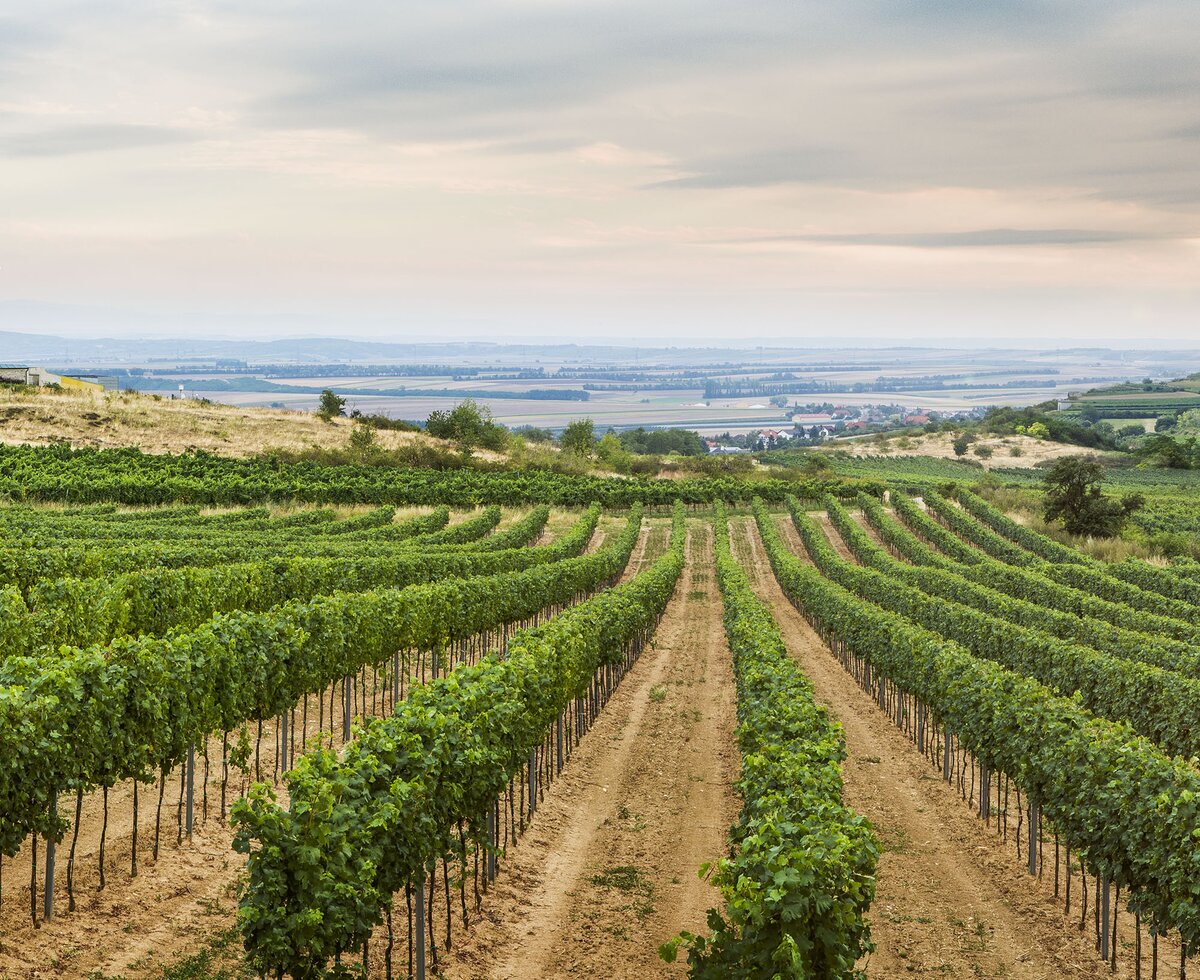
Endless Opportunities
Lower Austria enchants with its landscape. It’s as diverse as the wines that are crafted to perfection. Steep terraced vineyards, rolling hills and seemingly endless plains form a harmonic blend. The Wine Road in Lower Austria is one of the longest of its kind to be found on the globe. It connects all of the eight wine regions in Lower Austria. Here, customs and traditions related to winemaking have been preserved over centuries. Enjoy moments of pure indulgence and embrace the joy of life at the vineyard in a land of countless opportunities.
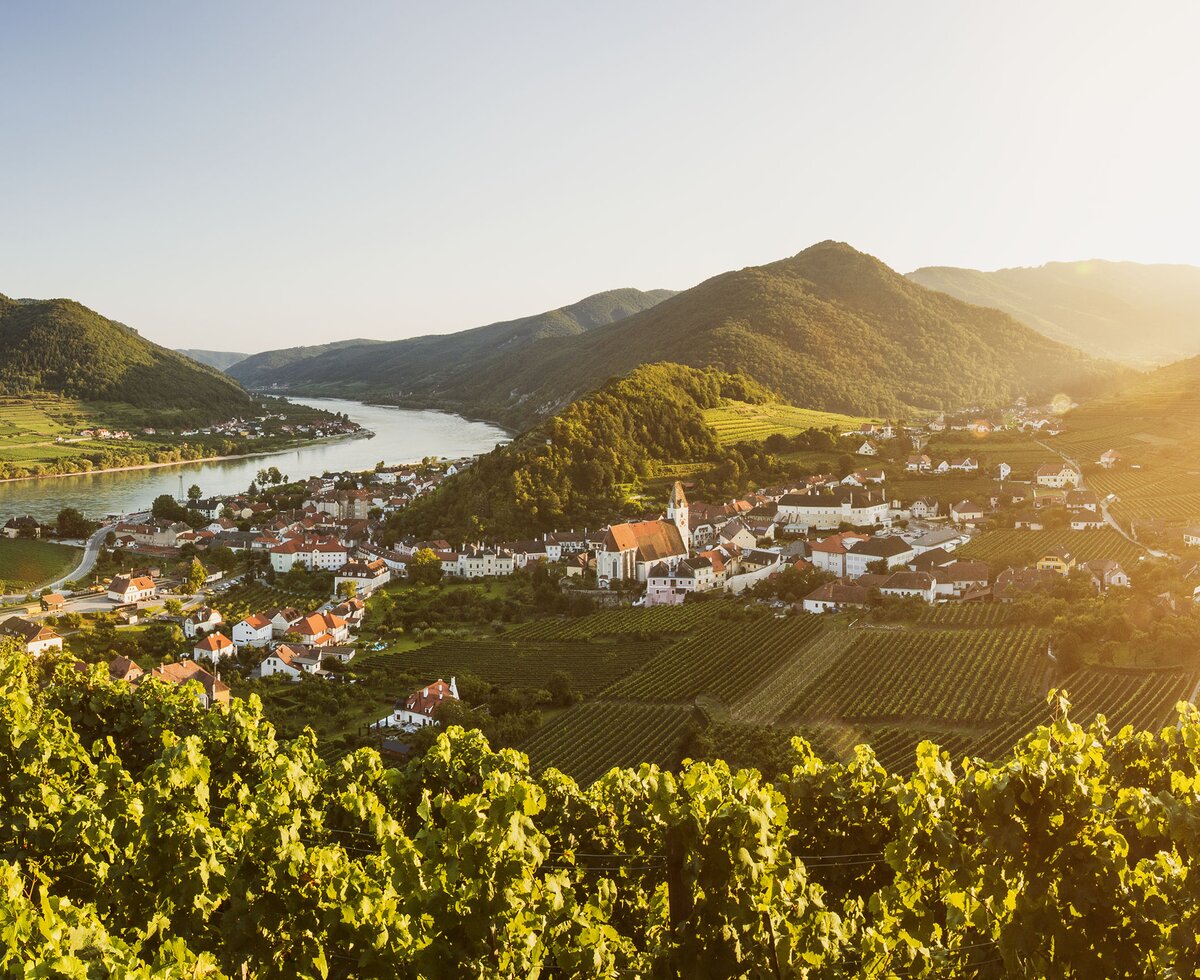
Wachau Region World Heritage and Idyllic Landscape
The steep, terraced vineyards on either side of the Danube valley between Melk and Krems are not only a delight to the eye. Extraordinarily distinctive wines grow here: from world-class Riesling to excellent Chardonnay, Grüner Veltliner and Gelber Muskateller (Muscat Blanc à Petits Grains). The Romans already realised that the climate is ideal for viticulture. The “Wachau Cultural Landscape” has been inscribed in the UNESCO’s List of World Heritage Sites for good reason. Set out to explore the unique landscape and the narrow alleyways in the historic villages on foot or by bike. Or get aboard and soak up the beauty of the scenery on a boat tour.
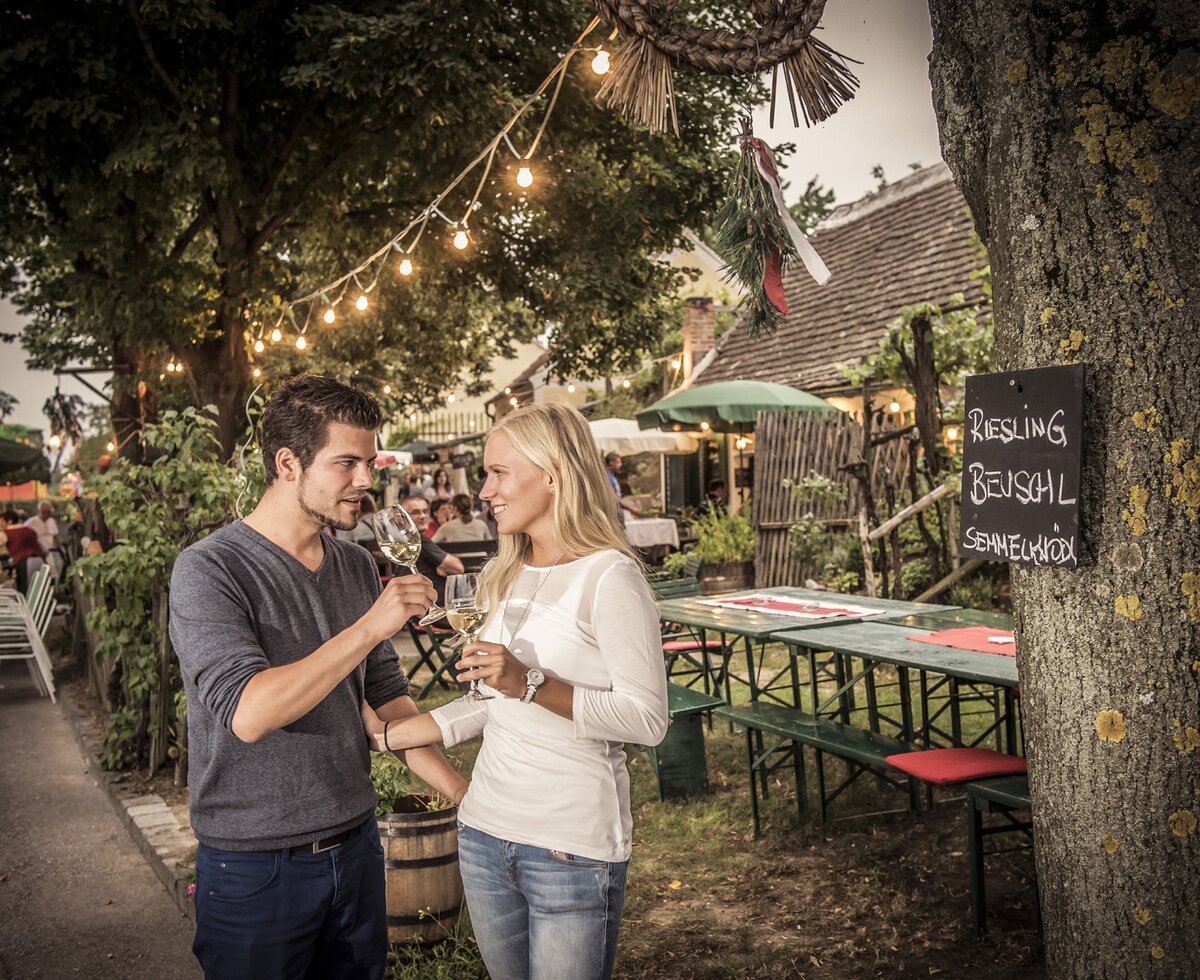
Celebrating Special Moments. Keeping Traditions Alive.
In a lot of winegrowing areas in Lower Austria, the traditional wine cellars are situated outside of the town centres. These “villages without chimneys” are called “Kellergassen” which literally translates to “cellar lanes”. These picturesque cellar lanes are a unique piece of architecture and cultural heritage. They are popular meeting points where people taste wine, enjoy good food or have a chat. Apart from cellar lanes, the traditional wine taverns (called “Heuriger”) are another important part of cultural heritage in Lower Austria. Here, the locals get together and indulge in culinary delights. Marvel at the contrasting, contemporary architecture of wineries set in the most stunning of locations, perched on vineyard-covered hills.
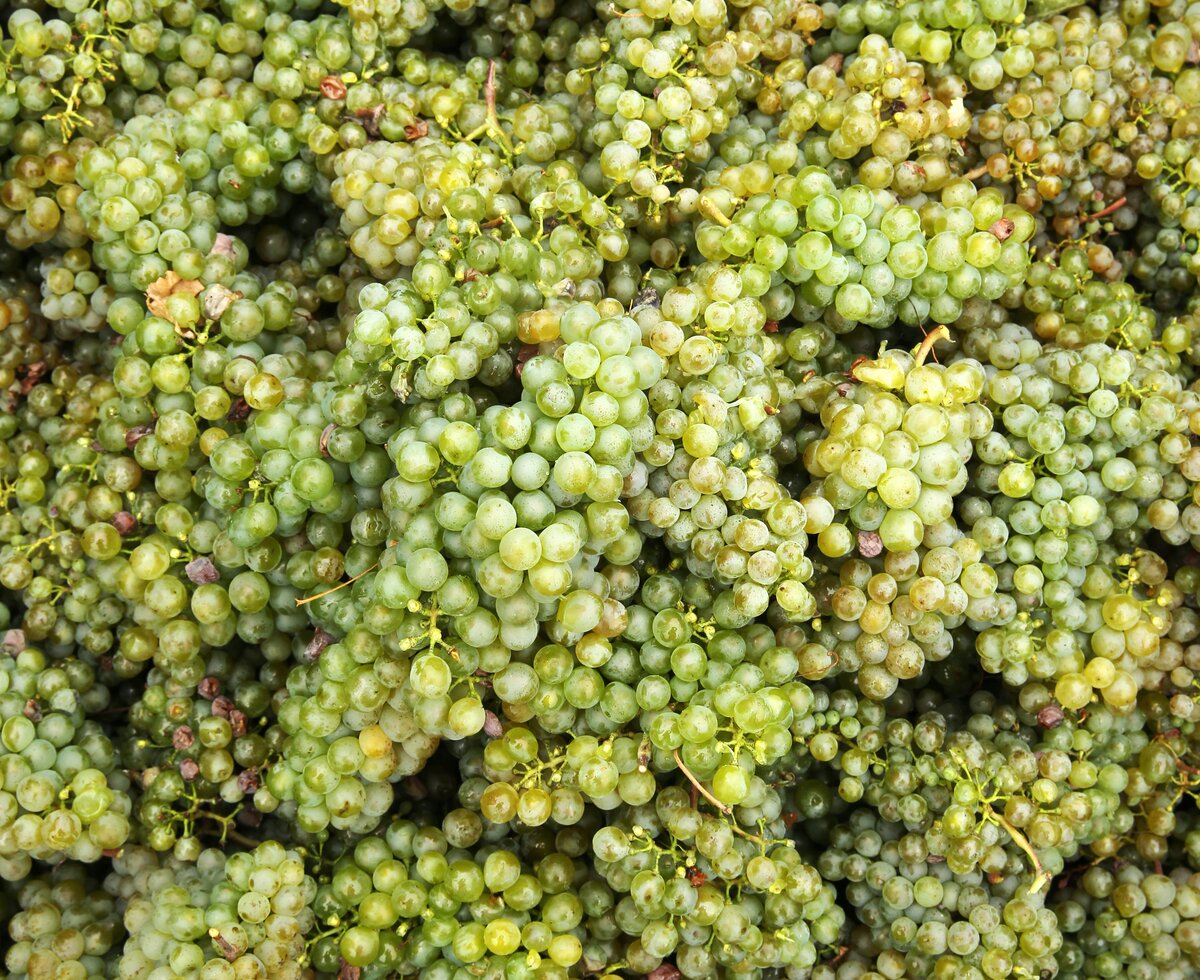
Legendary Diversity. Refreshingly Light-Hearted.
Lower Austria is famous for the outstanding diversity of grape varieties that grow throughout the province. The Weinviertel region produces Grüner Veltliner with its distinctive peppery notes, crisp Welschriesling and full-bodied wines of the Pinot family. The delicate nature of the Riesling grape, the “king of wines”, requires special handling. The wine’s character is greatly influenced by the terroir. In the Wachau region, this variety finds the perfect conditions, thus displaying the full range of flavours and aromas. The Pannonian part of the province is home to some of the country’s most outstanding red wines such as Zweigelt, adding to the array of flavours that the premium wines from Lower Austria display.
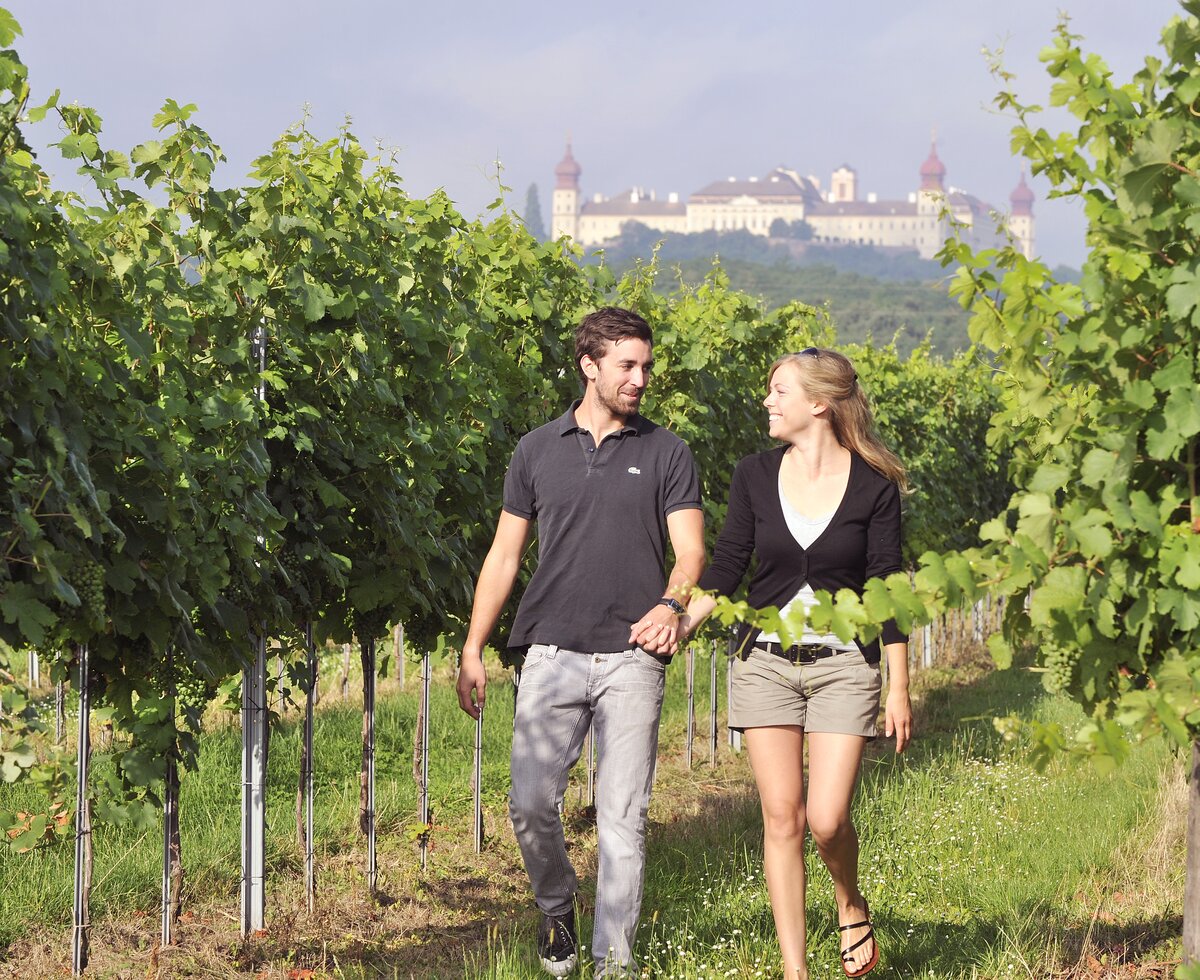
Kremstal Valley
For many centuries, Riesling and Grüner Veltliner have been the major grape varieties that flourish on the crystalline bedrock and loess soils. From Göttweig Abbey, you can take in a spectacular view that stretches from the mountain Rohrendorfer Berg to the historic church “Wetterkreuz” near the village of Krustetten and the town of Krems, famous for wine and culture.
Wine is on every corner. Historic vineyards and state-of-the-art wineries are scattered all across the region. The traditional wine taverns (“Heurige”) are popular meeting points for guests and locals alike.
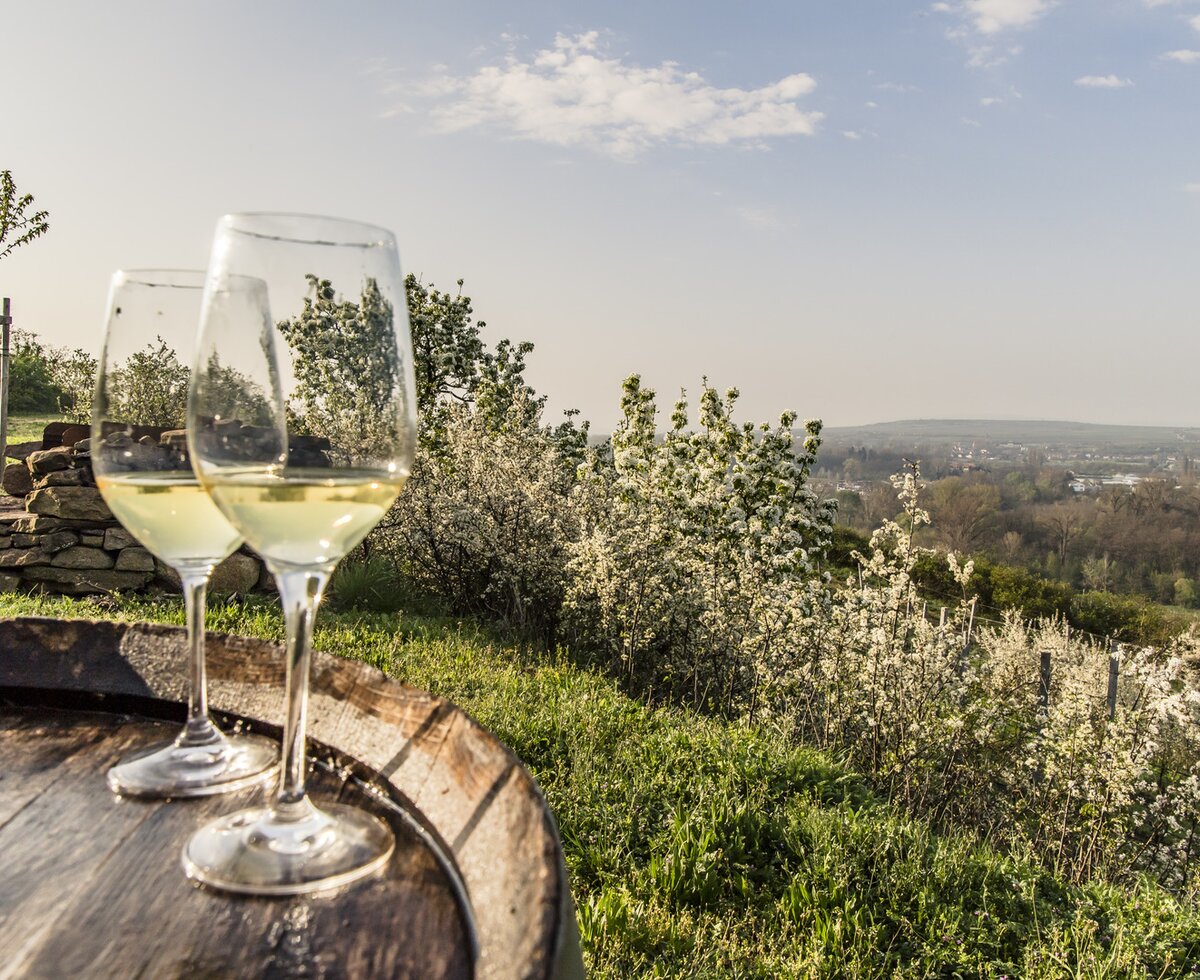
Kamptal Valley
Viticulture and tourism are of great significance in the Kamptal valley. The soils in the vineyards date several million years. The valley is named after the river Kamp. It’s home to a number of premium wineries and estates that are widely known on an international scale.
Langenlois, Austria’s largest wine town, is the centre of the region. A few years ago, the “LOISIUM World of Wine” was built here. Designed in futuristic and modern style, it houses wine cellars, a wine store, community spaces and a tasting room that merge to form a special symbiosis of tradition and innovation. Countless traditional wine taverns and wine stores invite you to enjoy a glass of this fine drink.
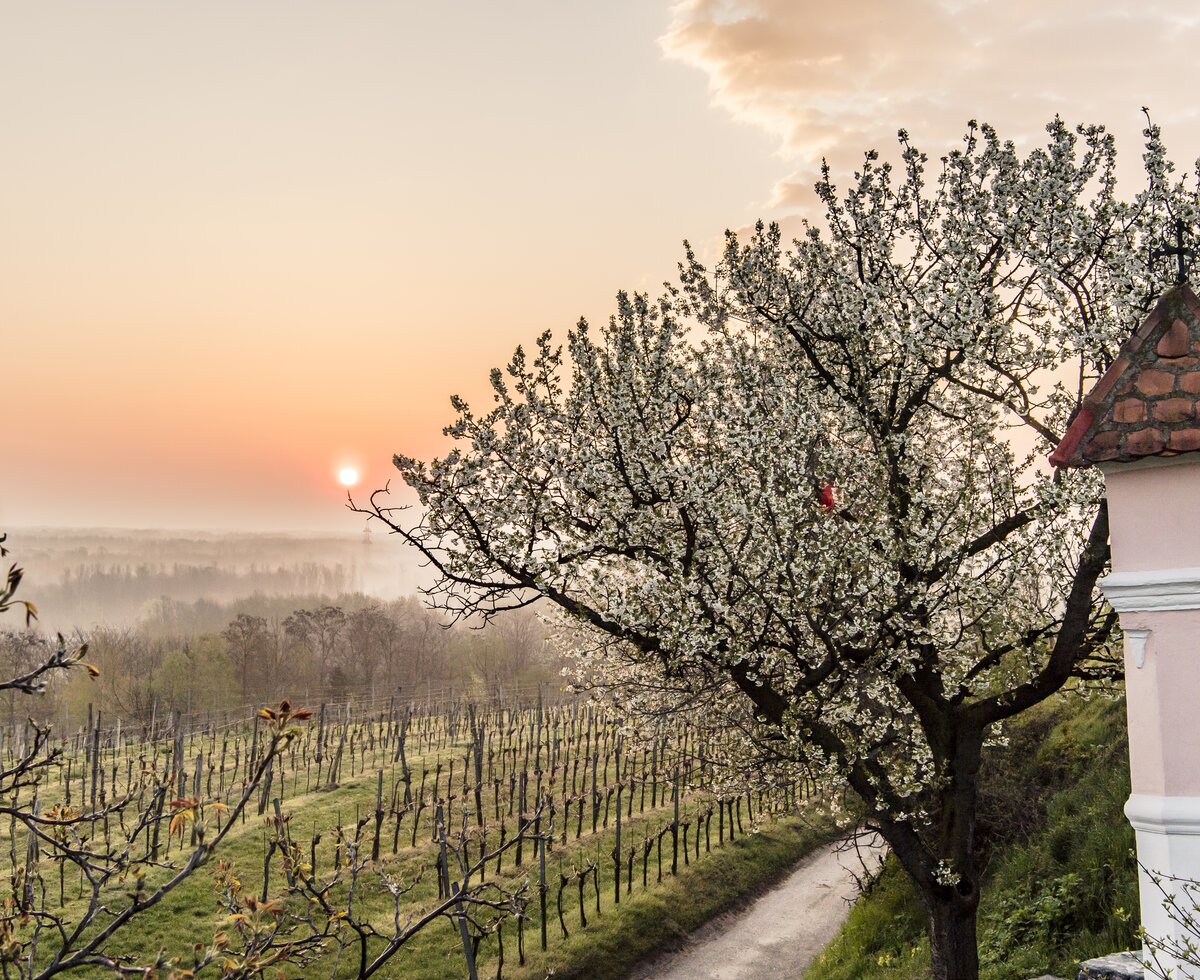
Traisental Valley - Danube
The region’s ancient wine tradition dates back to the Bronze Age. However, it’s not until 1995 that the Traisental valley was officially declared as an Austrian winegrowing area. But the smallest wine region in Lower Austria doesn't need to hide its light under a bushel. The small, idyllic villages Inzersdorf, Getzersdorf, Reichersdorf and Nußdorf ob der Traisen are beautifully perched on the hillsides of the Dunkelstein forest and amidst the vineyards. A picturesque scenery! Further in the west, near Oberwölbling and Unterwölbling, you can find lots of traditional wine taverns (“Heurige”) and historic cellar lanes.
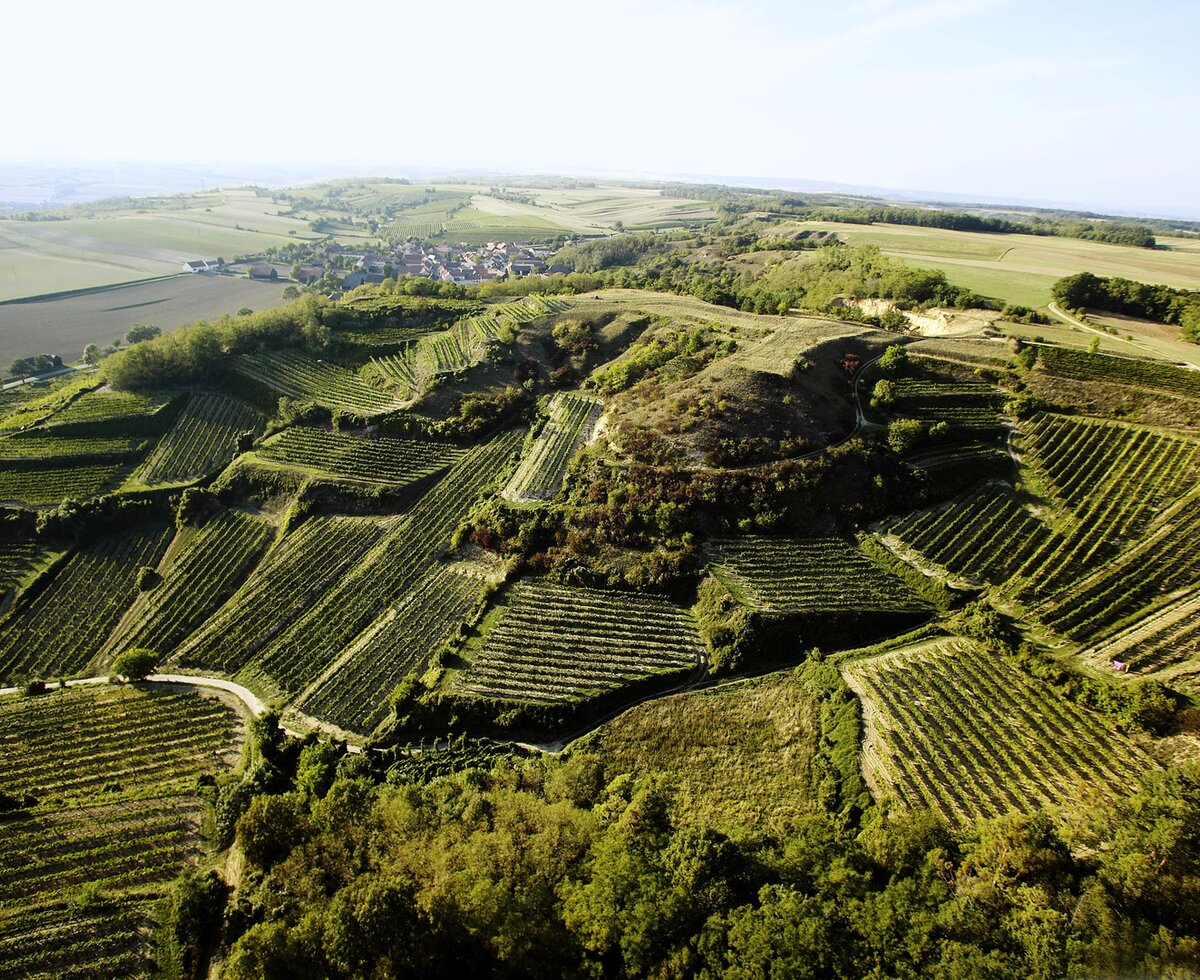
Wagram - Heritage from the Ice Age
In 2007, the wine region “Donauland” (“Danube region”) was renamed. It’s now called “Wagram”. Essentially, the Wagram is a terrace of 30km in length that dates back to the Ice Age.
The soils are extremely fertile thanks to the abundant loess deposits that cover the area on the northern banks of the Danube, east of Krems. Close to the Danube river, Feuersbrunn, Fels, Kirchberg (home to “Weritas”, a wine store selling locally grown wines) and Großriedenthal have gained a very good reputation as winegrowing villages. The famous wine road “Wagram” ends at the historical wine town of Klosterneuburg on the outskirts of Vienna. Apart from Grüner Veltliner, popular for its distinctive peppery notes, the wine region of Wagram produces red wines bursting with character and the indigenous grape variety Frühroter Veltliner that’s known for its spicy savouriness. During a holiday in the wine region of Wagram, it’s absolutely recommended to explore the region on your bicycle or to visit the gardens in Tulln. The famous cellar lanes (“Kellergassen”) are another highlight not to be missed.

Weinviertel Region As the Name Suggests...
Austria’s “wine quarter” - with more than 13,000 hectares of vineyards, the Weinviertel region is the country’s largest winegrowing region. It’s famous for the picturesque cellar lanes. Thanks to the large area under vine, the Weinviertel region grows an abundance of different grape varieties, the typical Grüner Veltliner being the major one.
In the wine town of Retz, you can explore more than 20km of wine cellars. In any case, the rolling hills lined with vineyards are perfect for cyclists. A fine dining experience at its best awaits you in summer. “Tafeln im Weinviertel” - that means taking a seat at a dinner table under the open sky, surrounded by vineyards. Award-winning chefs serve menus with locally sourced ingredients.
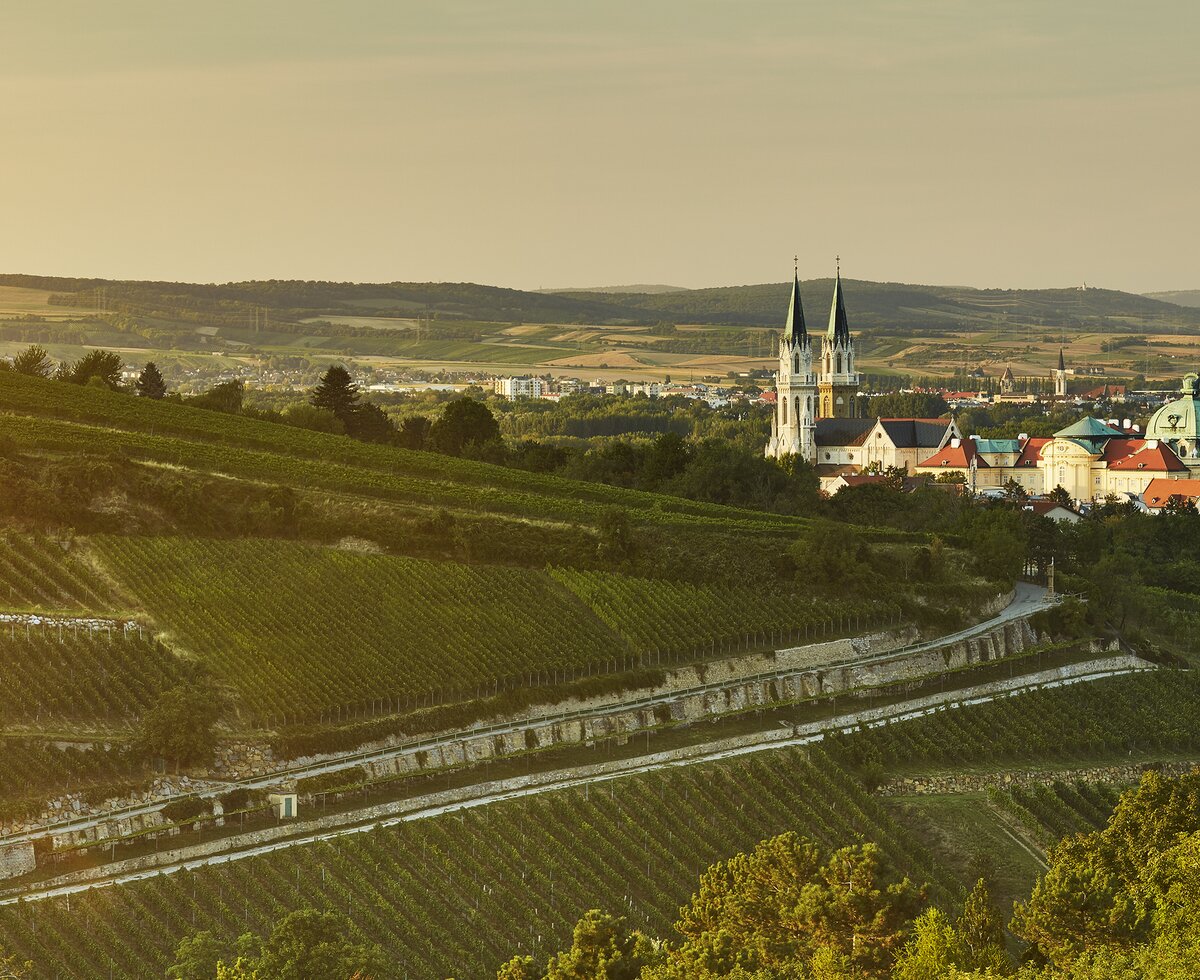
Spa Region Vienna Woods
Only a stone’s throw from the international city of Vienna, you can discover traces of the former Austrian Empire. More than that, the spa region (“Thermenregion”) is also home to an almost urban lifestyle. The Romans brought the art of winemaking to this region. They also knew how to make use of the natural hot springs here.
The vineyards stretch from the outskirts of Vienna in the east, via a hill range, to the baroque town of Baden in the south. The region is especially known for the indigenous grape varieties Zierfandler and Rotgipfler. In the “Heuriger”, the traditional wine taverns, you can enjoy a hearty, buffet-style snack.
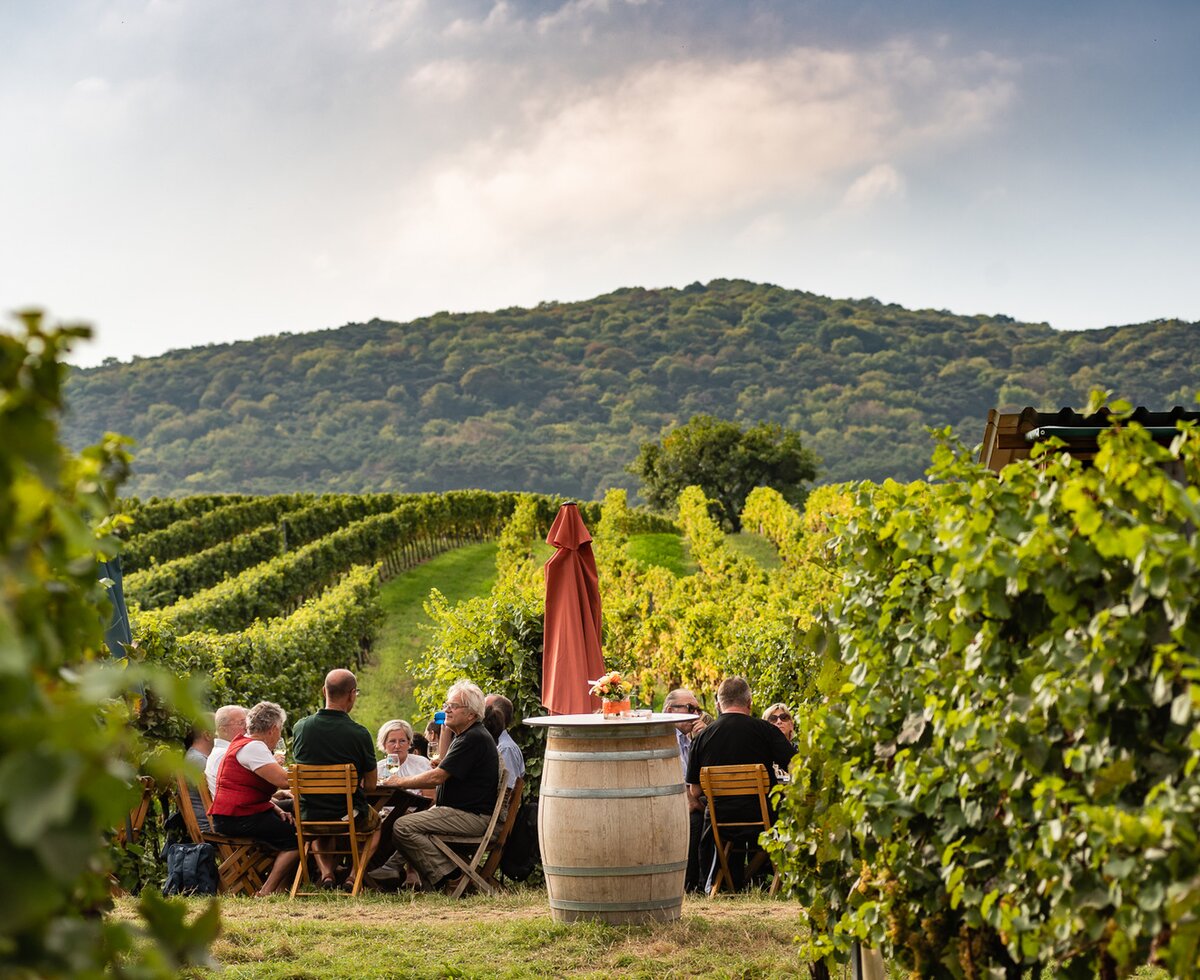
Carnuntum - Steeped in Roman History
The wine region Carnuntum, between Vienna and Bratislava, is home to rich, full-bodied wines that flourish thanks to the Pannonian climate. The wine region is named after an ancient Roman settlement. You can visit the remnants up to this day. Thanks to their history of winegrowing and local wine taverns (called “Buschenschanken”), villages such as Göttlesbrunn, Höflein and Prellenkirchen have always been popular destinations for day trips, especially for people from Vienna.
The region is primarily known for rich and mature red wines. The flagship grape varieties are Zweigelt and Blaufränkisch. However, also international white and red varieties flourish in the vineyards.
Send Your Request Now
Any Questions? Contact Us!
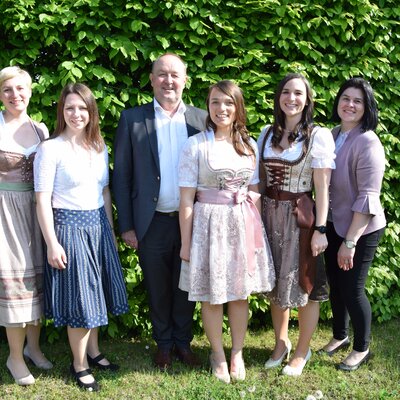
Urlaub am Bauernhof Niederösterreich
